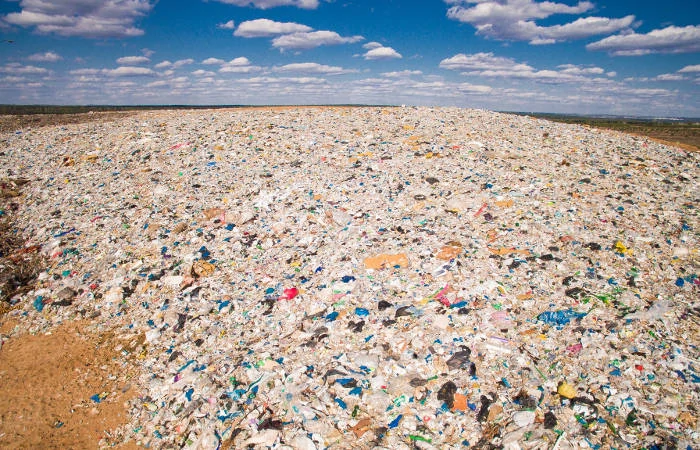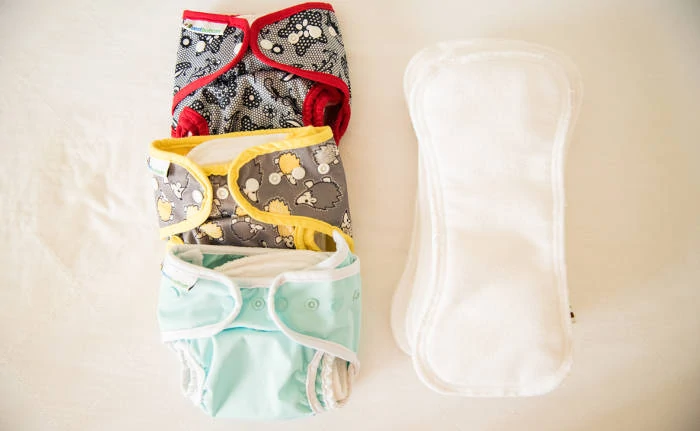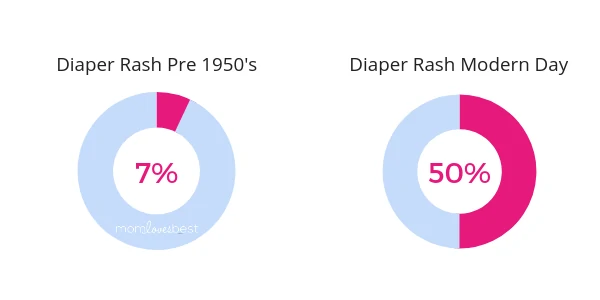Are you barely making ends meet and you’re worried about the expense of disposable diapers?
Or are you losing sleep over the environmental state of the world today and you’re wondering how you can be a better steward of the Earth?
Whichever reason is motivating you; there are multiple benefits of cloth diapering. This guide will show you all the great things about cloth diapers. By the time you’re done reading this, you’ll be armed with all the information you need to decide which route is best for you.
- What’s the Deal with Disposables?
- 1. Save a Significant Amount of Money
- 2. Reduce Your Carbon Footprint
- 3. Reduce Landfill Waste
- 4. Less Harmful Chemicals
- 5. Easier Potty Training
- 6. Can Reduce Diaper Rash
- 7. May Be More Comfortable
- 8. Cloth Diapers Have Multiple Uses
- 9. Fantastic Designs and Materials
- 10. Join the Secret Cloth Society
- Cloth Diaper FAQs
- You’ve Got This Mama

What’s the Deal with Disposables?
In today’s world, everybody seems to love things that are easy. We have fast food, speed dating and disposable diapers. It seems like putting in hard work is old-fashioned.
But that’s starting to change as more and more people begin to realize that convenience comes at a great price. We’re learning something our ancestors knew — easier isn’t always better.
I understand the allure of disposable diapers. It’s less work for you. You don’t have to clean up the big messes your baby makes. You can toss it in your garbage and forget about it. But, in actuality, it’s not that easy.
Statistic
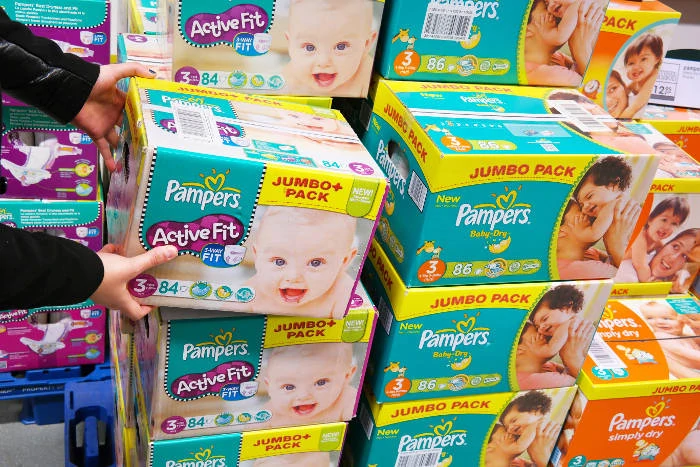
About 9 in every 10 American babies use disposable diapers, adding up to a mind-blowing 27.4 billion diapers that end up in landfills each year (1).
That should be enough to concern anyone, whether they’re a parent or not.
Statistic
In addition to the landfill problem, there’s another scary statistic about disposables — how much money struggling families are spending on them.
We all know families who are barely getting by. Families who don’t have enough to eat, live in overcrowded homes or apartments or can’t afford to purchase the medicine they need to have. Some of these same families are spending their money on disposable diapers. They’re literally tossing their money in the garbage.
While a parent will spend thousands to diaper one baby until they are potty trained if they use disposable diapers, they only would spend a fraction of that on cloth diapers and laundering them during that time. The savings are even greater if that parent has more than one child because cloth diapers can be reused for the new baby (2).
Here are some other statistics about the disposable diaper industry that show the true cost we’re all paying for the sake of convenience.
- Just for the disposable diapers U.S. babies will wear, over 200,000 trees are cut down every year (3).
- In one year, 3.4 billion gallons of fuel oil will be used to manufacture disposable diapers.
- Disposables generate over 3.5 million tons of waste each year.
- Those diapers may be around longer than your family tree — they can take 500 years to decompose.
1. Save a Significant Amount of Money

I remember how incredibly excited I was to be a parent during my pregnancy. I spent so many hours daydreaming about what my baby would look like and organizing her nursery. But I also spent a lot of time worrying about money and crunching numbers. Like a lot of young moms-to-be, I didn’t have a big cash flow.
The biggest expenses I worried about were day care for when my maternity leave ended and disposable diapers. My mom friends had already warned me about how expensive diapers were. At that point, I didn’t even realize cloth diapers were making a comeback. I thought of cloth diapers as those old-fashioned, ill-fitting things my mom used to safety pin on my younger siblings.
Had I realized how much they have improved since then, I would have jumped on the cloth diaper bandwagon. Compared to disposables, they can save you a mint.
How much money you can save will depend partially on how many cloth diapers you want to have and which kind you buy.
You can buy one-step cloth diapers that don’t require inserts, although they’ll cost a little more. On average though, you can expect to spend about $7 to $20 on a good, long-lasting, great-fitting cloth diaper. Let’s say you went for the most expensive cloth diapers you could find at $20 a pop.
Considering you want to have about 8 to 10 diapers available to use for a single day, you’ll probably want a stash of at least 24 cloth diapers.
You can certainly get by with less if you’re much more dedicated about washing laundry every day than I am.
And if you hate to do laundry, you could have a bigger stash, but I don’t know too many moms who want to let used diapers go more than two or three days without being washed.
Michigan State University Medical Center offers some hygiene and safety tips if you choose to launder your own cloth diapers rather than using a diaper delivery service.
The Upfront Costs
The big drawback to using cloth diapers is that it does require a bigger upfront investment. But that number doesn’t have to be that high if you’re struggling with your funds — you can make do with 16 diapers for now and add more when you get the money or you can buy diapers that aren’t as expensive.
You also may have the costs of buying inserts for the cloth diapers too, unless you buy the kind that doesn’t need inserts. Inserts help suck the moisture away from your baby’s bottom and protect their clothes by keeping them dry.
Many cloth diapers already come with inserts, but If your diapers don’t have them or you need to replace them eventually, you can expect to pay around $2 per insert.
In addition to the upfront costs, there are other indirect costs that you’ll have to pay as you go along. They include:
- A diaper sprayer to get the solids off the diaper before you wash it.
- Extra baby laundry detergent.
- If you have a water meter measuring usage at your house, you’ll see an increase in that cost since you’ll be doing extra laundry.
- Energy costs also will be a little higher since you’ll be running your washer and dryer more.
The washing costs of cloth diapers should be under $100 a year (5).
$150 Savings In The First Year
The big savings will come in the second year. While other parents are still buying package after package of diapers, you’ll have your diaper stash already purchased, ready to go. That second year of diapers won’t cost you any additional money unless you want to replace some worn out inserts.
Not counting your initial investment with your cloth diapers, you’re looking at a range of $250 to $350 you’d spend for a child on the cleaning costs of cloth diapers until a child is potty trained.
So between the cost of the diapers, a good sprayer and the hidden costs, you could expect to spend $650 to $800 on cloth diapering, depending on how many diapers you bought and how high-end they were.
$660 Savings For Your First Child
If you have more children, the savings are even greater because you’ll have to spend very little to diaper those additional children. The cloth diapers can be reused for them.
$1300 Savings For Your Second Child
Almost 4 million babies are born in the U.S. every year. Even if every parent only had one child, which we know doesn’t happen, if every one of those children used cloth diapers and saved $800, that would be a savings of $3,200,000,000 just for parents in the U.S. alone.
2. Reduce Your Carbon Footprint
Even the disposables viewed as the green option generally use polymer crystals inside the diapers to suck up your baby’s pee. It’s hard to beat the absorbency and parents love diapers that have less leaking. But is dodging a few leaks worth putting chemicals you can’t even pronounce next to your baby’s skin?
Even without the landfill issue on the table, cloth diapers simply require fewer resources to produce compared to disposables. That appeals to parents who are interested in fighting ozone layer depletion and reducing the environmental strain on the planet.
- Disposables require 60 times the amount of solid waste that reusables do.
- They also use 20 times the amount of raw materials, such as crude oil, compared to cloth diapers.
- Each baby who uses disposables will burn through more than 300 pounds of wood, 20 pounds of chlorine and 50 pounds of petroleum feedstocks (7).
The use of so many raw materials helps drive up gas prices and a lot of gas is used each year to transport the billions of diapers that will be used. And after one use, more gas has to be used by garbage companies to haul them to landfills.
While it seems hard to believe that one person can make a big difference for the environment when there are billions of people on the planet, switching to cloth diapers is one way to start.
3. Reduce Landfill Waste
With 27.4 billion disposable diapers sent to landfills in the U.S. each year, the U.S. isn’t set to lessen its methane gas production anytime soon.
And while landfills may have solved some of the immediate groundwater contamination problems we had with open dumps, contamination is still a real threat.
Did You Know?
That’s a big problem for everyone since humans can’t live without drinking water. Protecting our drinking water sources is even more of a priority since we are depleting our drinkable water at a faster rate than ever before (10).
4. Less Harmful Chemicals
As we already covered, there is a slew of materials and chemicals used in disposable diapers that some parents may not want nestled up against their babies’ bottoms. Many of them have been linked to negative health outcomes such as endocrine disruption, obesity, and even cancer.
Click any of the chemicals below (found in disposable diapers) to learn more about the side-effects:
5. Easier Potty Training
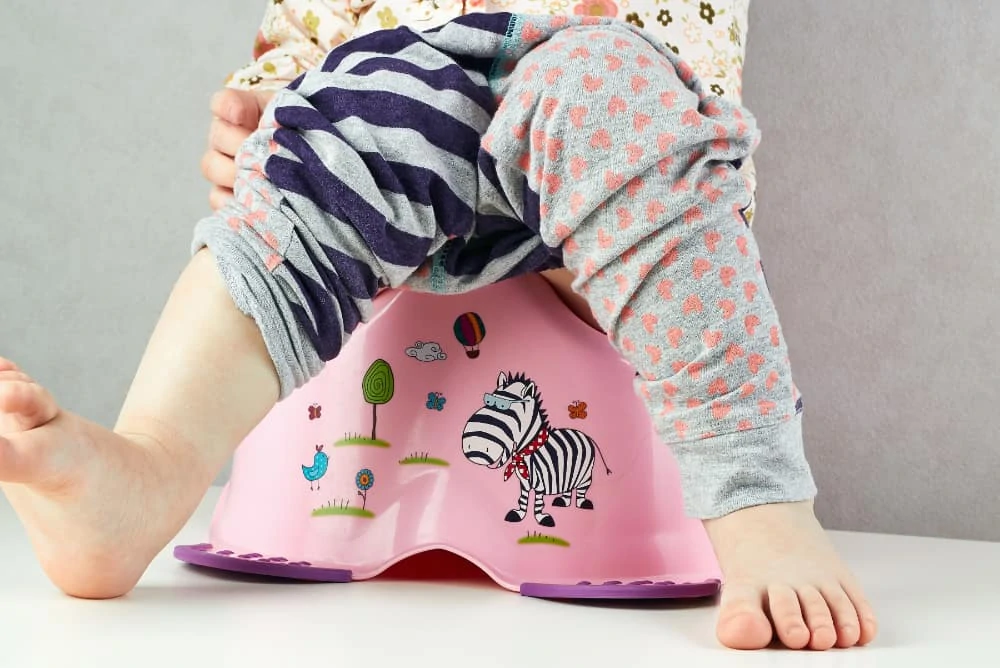
As sad as parents can get about seeing their baby grow up, there’s one milestone we’re all kind of glad to say goodbye to — the diaper phase. Ditching the diapers saves parents money and we don’t have to take out the garbage as frequently.
How It Works
With disposables, even when children pee they still feel dry because of those super absorbent polymers we discussed earlier. They suck the moisture away from your child’s bottom immediately when they pee, keeping them dry. That’s good when it comes to cutting down on irritation on their bottoms, but not so great when it comes to potty training.
After all, what incentive do they have to begin trying to use a potty to pee when they already feel dry? But with cloth diapers, your child can feel the wetness on their skin because those polymers aren’t used.
Parents also have more of an incentive to get their children sitting on the potty chair when they use cloth diapers. It’s a time saver for us. After they become potty trained, we won’t have to wash all those diapers anymore.
6. Can Reduce Diaper Rash

You may not know what diaper rash looks like as a new parent who brings their baby home from the hospital. But it’s a sight most new parents are eventually going to be introduced to.
Babies end up with diaper rash for a number of reasons, including:
- Too much moisture on their skin.
- Diapers aren’t changed frequently enough.
- Sensitive skin.
- A reaction to the chemicals in disposable diapers or wet wipes.
- Food allergies or sensitivities.
- Yeast infections.
Before the 1950s, diaper rashes were much less common.
These days the occurrence of diaper rash is much higher, with about 50 percent having a rash at some point.
While there is no proof that cloth diapers help cut down on diaper rash, some parents swear by them.
There are several logical reasons why cloth diapers may cause fewer breakouts on your baby’s bottom, including:
- Cloth diapers are changed more frequently because your baby will feel the wetness and let you know. Plus, since they are reusable, parents don’t feel any pressure to get their money’s worth out of a diaper like they do with disposables. So if they know their baby wet, they’ll change them instantly.
- Because cloth diapers don’t use the same chemical components disposables do there should be less chance of irritation.
- Cloth diapers have more breathability than disposables do, which means air can circulate and keep their skin drier.
- Since the natural fibers in cloth diapers are softer than the plastics used in disposables, your baby should have less irritating chafing which can lead to rashes.
7. May Be More Comfortable

It’s hard to tell sometimes when babies are uncomfortable. They can’t tell you after all when they have minor discomfort. You’ll just have to try to imagine how your baby might be feeling.
As a parent, I just feel like cloth diapers would be more comfortable against a baby’s skin, although I have no way to prove that theory.
Here is why I have come to that conclusion:
- Cloth diapers are lightweight.
- The material is breathable, compared to airtight disposables.
- Parents who use cloth diapers tend to change their children more often.
- It’s hard to beat the feel of natural fibers against your skin.
If cloth diapering was like it was during my mom’s generation, I’d say all the benefits of doing it would solely be for children.
But cloth diapers have improved dramatically since then — so much so that I really believe it’s easier for parents too.
- The design of the diapers is so much better.
- There are fewer leaks than there used to be.
- They use snaps or Velcro instead of those dreaded safety pins.
- You don’t have to perform any hard to do the folding, unless you really want to show off to the other parents in your life.
- You don’t have to take up half your shopping cart space at stores just with your diaper purchases — you’ll buy them once and have them as long as you need.
However, cloth diapers show no additional benefit over disposable diapers in their effects on infant walking (18).
8. Cloth Diapers Have Multiple Uses
Unlike disposables, cloth diapers live on for far longer than just one use. When your baby graduates to underwear, you can still find many uses for those cloth diapers.
Here are some ideas:
- The most obvious idea is that you can use them for your next baby if you have one.
- If you don’t plan on having any more children, you can sell them to another parent-to-be.
- If you’re feeling generous, you can donate them to another family or a resale shop.
- They can also make great burp cloths.
- If you are handy, you can convert them into bibs.
- You can use them as a good cleaning cloth for washing cars, windows or dusting.
- You can also go green and recycle them.
- Toss one in your first aid kit to use as a compress.
9. Fantastic Designs and Materials

Cloth diapers come in cotton, but they also are available in hemp and bamboo too. You can get plaids, polka dots, bright colors or more subdued colors.
The options are vast — you’ll easily be able to find some that you love. In fact, you might love too many and start buying more than you need.
10. Join the Secret Cloth Society
The thing about parents who use cloth diapers is that it means a lot to us — maybe far more than it should at times. We love the idea that we’re doing something to better our world. It’s like in high school when you knew you were ahead of the popular trend.
When we see other parents who use cloth diapers, we want to know them and we feel compelled to congratulate them on their outstanding choice.
We cloth diapering maniacs like to help each other out and share our best tips and resources through word of mouth and online.
Whatever diapering method you choose, safety and hygiene are most important. Here are some tips from the CDC on “safe” diapering.
Cloth Diaper FAQs
You’ve Got This Mama
It can be hard to break the mold and go against the grain and cloth diapering definitely does that. But every parent who takes that first step to make a difference will pave the way for more parents to do the same.
Little by little, we can make a difference in the lives of our children and the world. As parents, what more can we ask for?

